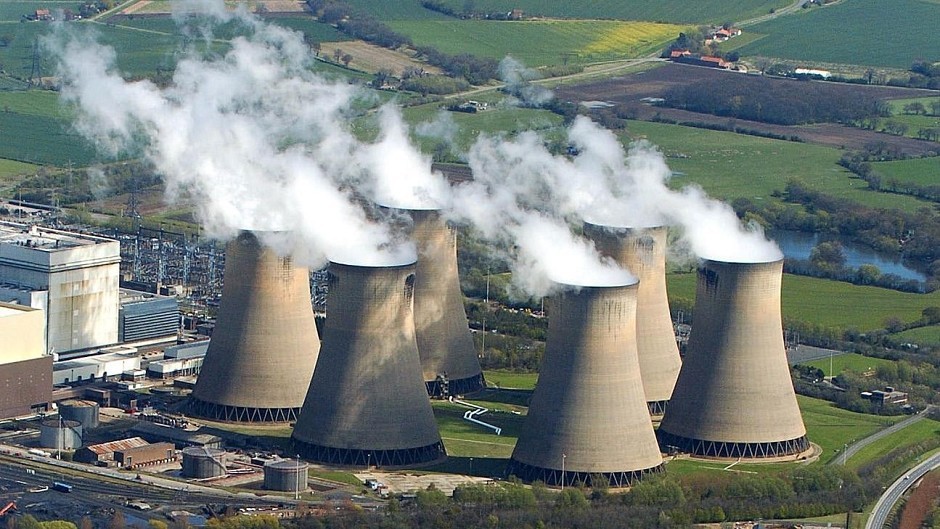Erikka Askeland
Factories and supermarkets across the UK are bidding to put 1970s style power rationing in place this winter to ensure the lights stays on.
The National Grid is currently considering bids by businesses who are willing to shut down or reduce their energy usage between the peak hours of 4pm and 10pm this winter in return for payment.
The action has been taken because of fears that the UK energy system will be overloaded this winter after a series of outages – both expected and unexpected – knocked out capacity at power stations in England during the summer.
Fires at coal powered stations in Ferrybridge in Yorkshire – owned by Scots energy giant SSE – and Ironbridge, Shropshire, have put the sites out of action, while a gas station in Barking, Essex, has also been closed.
The expected shutdowns are set to occur on weekdays during the coldest months from November to February.
The firm, which controls the UK’s energy infrastructure, has also announced plans to pay companies to fire up mothballed power stations in order to meet winter demand for lights and heating, at an estimated cost of tens of millions of pounds per station.
The firm claimed the moves were merely “sensible precaution”.
Cordi O’Hara, National Grid’s Director of UK Market Operation, said:
“This is a sensible precaution to take while the picture for this winter remains uncertain. At this stage we don’t know if these reserve services will be needed, but they could provide an additional safeguard.”
A spokesman for the EEF, a body representing UK manufacturers, said the grid’s plans to pay firms to clamp their energy usage was “much cheaper” than firing up old power stations.
He dismissed concerns that the UK faced heading back to three day weeks introduced by the government in 1974 as a result of the coal miners’ strike and the oil crisis.
But he warned that next winter might also face energy shortages due to further power stations going off grid next year.
He said: “There is not a huge amount of concern there will be brown outs or black outs – it is really next winter there will be an issue.
“The winter of 2015/16 will be a pinch point.
“That’s when we will see if there is sufficient production to meet demand.”
Energy specialist Platts has estimated that the UK faces losing a Giga-watt of power capacity over the next two years as old power plants are shut down.
It is expected that a mix of factories and major retailers are seeking to get involved in the National Grid’s “Demand Side Balancing Reserve” (DSBR) programme.
The National Grid declined to reveal which firms had applied to power down over the winter months.
